Explanation of the importance of teeth in human anatomy
Teeth are vital in human anatomy as they play a crucial role in various functions. They are essential for healthy eating and chewing food, allowing for proper digestion and nutrient absorption. Aside from that, teeth contribute to clear speech by aiding in the formation of sounds and enunciation.
Additionally, teeth have a significant impact on a person's confidence and social interaction. A healthy smile with well-maintained teeth boosts self-esteem and positively influences how others perceive an individual.
Teeth consist of different layers, including enamel, dentin, cementum, and dental pulp. These layers provide strength, protection, sensation, and nutrition to the teeth. Importantly, primary teeth hold space in the jaw for the eruption of permanent adult teeth, ensuring proper alignment and bite functionality.
Type of Teeth
While we may be familiar with the concept of different types of teeth, such as incisors, canines, premolars, and permanent molars, there is more to them than meets the eye. Each type of extra tooth serves a specific function and has unique characteristics that are designed to perform specific tasks.
Baby Teeth
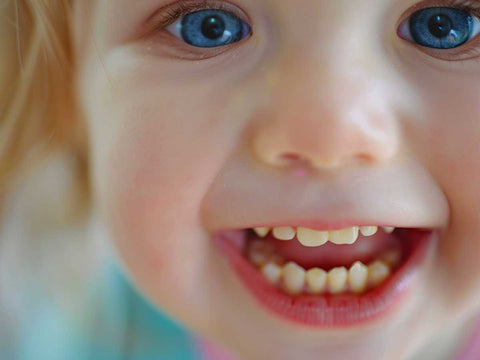
Milk teeth, also called deciduous or primary teeth, are vital for a child's oral health and overall development. They serve as placeholders for permanent adult sets of teeth, guiding their alignment and spacing. Neglecting deciduous teeth care can lead to dental issues like overcrowding or misalignment.
Children typically have 20 baby teeth, which start erupting around six months, with front teeth appearing first. By age three, most children have a full set. These teeth naturally fall out around six or seven, making way for permanent teeth.
Proper care is crucial, including regular brushing and dental check-ups. Protecting baby teeth prevents decay and establishes good oral hygiene habits for life. Parents play a key critical role in fostering their child's dental health by understanding the importance of baby teeth.
Adult & Wisdom Teeth

Adult teeth, the second set replacing primary teeth, are larger, stronger, and more durable. With 32 in total, including incisors, canines, premolars, and primary molars, some may have 4 wisdom teeth. These may require removal due to overcrowding and misalignment issues, often during late adolescence or early adulthood.
Eruption of adult teeth begins around age 6 with the first extra molars, followed by incisors, canines, and premolars. Wisdom teeth typically emerge between ages 17 and 25. By 21, most have a full set of adult largest teeth, properly aligned due to increased mouth space. Regular dental care, including manual brushing routine, flossing, and check-ups, ensures their health and longevity.
Incisors
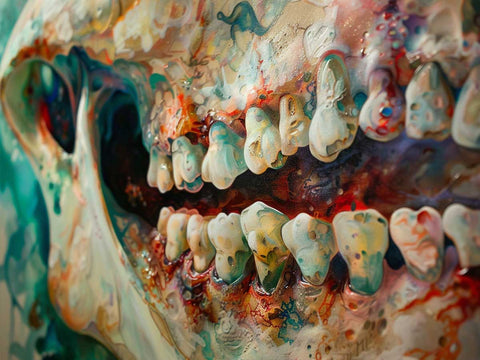
Incisors are the front teeth in the human mouth that have a flat, thin, and sharp-edged appearance. They play a crucial role in the initial stages of the digestion complex process by cutting food into smaller, more manageable pieces, making it easier to chew and swallow. Incisors are responsible for biting and tearing food apart, breaking it down into smaller fragments for further digestion in the stomach.
In the human mouth, there are a total of eight central incisors - four in the upper jaw and four in the lower jaw. In the baby set, also known as primary teeth, there are four central incisors in the upper jaw and four in the lower jaw. However, as the baby teeth start to fall out and get replaced by permanent teeth, the number remains the same, with four lateral incisors in both the upper and lower jaws.
Cuspids
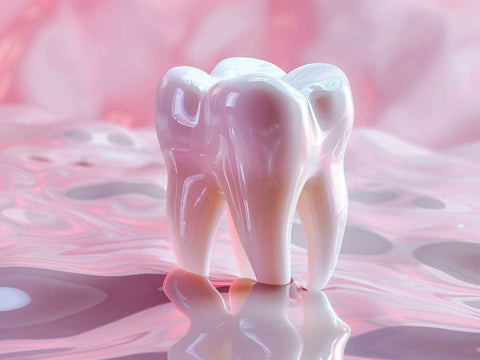
Cuspids, also known as canines, are pointed teeth located towards the front of our mouths. Their main function is to tear up food, aiding in the efficient breakdown of larger pieces.
The eruption timeline for cuspids is fascinating. In the primary dentition, which consists of baby teeth, cuspids typically begin to appear between 16 to 20 months. The upper teeth cuspids emerge first, followed by their lower counterparts.
However, in the secondary dentition, or adult teeth, the eruption process occurs around the age of 9. Interestingly, this time the pattern is reversed, with the lower cuspids being the first to make their appearance. This unique timeline showcases the gradual transition from the primary set of teeth to the permanent set.
Bicuspids

Bicuspids, also known as premolars, are permanent teeth that typically erupt around the age of 10. In the top and bottom dental arches, there are a total of eight bicuspids, with four in each arch. These sharp teeth are located between the canines and molars.
Bicuspids have a unique characteristic with two cusps or points on their chewing surface. These cusps are formed by the presence of ridges that help in grinding food. The size of bicuspids is smaller compared to molars but larger than canines.
The primary function of bicuspids is to help in the chewing and grinding of food. Their ridges enable the breaking down of food into smaller particles, making it easier for digestion. These teeth play a crucial role in the initial stage of the digestive process by preparing food for further breakdown by molars. The bicuspids' position in the dental arches allows for the efficient grinding and processing of food.
Molars

Molars, located at the back of the mouth, aid in grinding food for digestion. Adults typically have twelve molars, three on each side of the upper and lower jaws.
Molars feature multiple cusps for efficient chewing. Proper oral hygiene, including careful brushing, flossing, and dental check-ups, is crucial for maintaining molar teeth health and preventing decay. Dental treatments like fillings or extraction may be necessary for damaged molars.
Explanation of Wisdom Teeth and Their Role in the Mouth
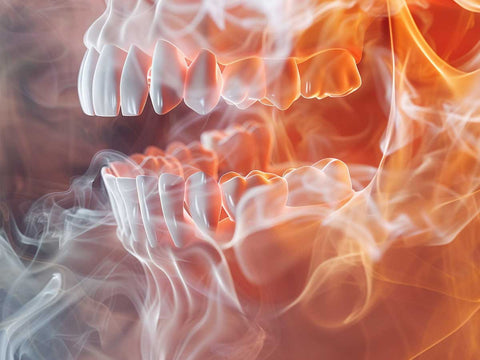
Wisdom teeth, also known as third molars, are the last set of teeth to erupt in the mouth, usually appearing between the ages of 17 and 25. Their significance lies in their evolutionary purpose, as they were once necessary for our ancestors to chew tough, coarse foods. However, in modern humans, the function of wisdom teeth has become almost obsolete.
Due to evolutionary changes, the human jaw has become smaller over time, making it difficult for wisdom teeth to properly fit in the entire mouth. This improper fit often leads to various problems, such as crowding, impaction, and misalignment. As a result, extraction of wisdom teeth has become a common oral care procedure to prevent further complications.
Impacted wisdom teeth, which are unable to fully emerge or grow in the correct position, can cause a range of symptoms and issues. Common symptoms include pain, swelling, and discomfort in the back of the mouth. Impacted wisdom teeth can also lead to infection, abscesses, gum disease, cavities, and damage to nearby human teeth.
Conditions That Affect The Number of Teeth
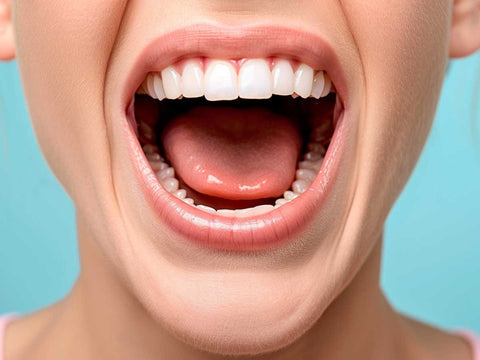
Conditions such as periodontal disease, tooth decay, dental erosion, dental abrasion, dental attrition, tooth and jaw alignment problems, and single tooth grinding can all affect the number of teeth.
Periodontal disease, commonly known as gum disease, can lead to tooth loss if left untreated. Tooth decay, caused by bacteria, can weaken the tooth structure and eventually result in tooth loss. Dental erosion, often caused by acidic foods and drinks, can also lead to tooth loss over time.
Dental abrasion and attrition, which occur due to excessive tooth careful brushing or grinding, can wear down the tooth enamel and potentially cause tooth loss. Misalignment of the teeth and jaw, known as malocclusion, can create problems with bite and can potentially result in tooth loss.
Lastly, tooth grinding, or bruxism, can lead to tooth wear, fractures, and tooth loss if not managed properly. It is important to address these conditions promptly to prevent the loss of healthy teeth.
Take care of your teeth

Taking care of your teeth is of utmost importance due to several reasons. Good oral hygiene practices, such as regular brushing and flossing, help remove plaque buildup, which is a sticky film containing bacteria that can lead to cavities and gum disease. Regular dental visits are essential as dentists can detect early signs of dental problems and provide appropriate treatment. By avoiding harmful foods and drinks, such as sugary snacks and carbonated beverages, you can prevent tooth decay and maintain teeth healthy.
Failure to practice good oral hygiene and attend regular dental visits can lead to the development of cavities. Untreated cavities can cause pain, infection, and even tooth loss. Poor dental hygiene can also lead to gum disease, which can result in swollen and bleeding gums, bad breath, and eventual tooth loss.
Furthermore, neglecting dental care can have an impact on overall health. Poor oral health has been linked to various systemic health common issues, such as cardiovascular disease, diabetes, and respiratory infections. Researchers have found connections between oral health and these conditions, emphasizing the need for maintaining good dental health.
Statistics
- This will most likely happen by the time a person has reached between the ages of 12 and 14. (hovedentalclinic.co.uk)
- If they do need their wisdom teeth removed, this will most likely drop to 28, as it is more usual for all four of a person's wisdom teeth to need removing at once. (hovedentalclinic.co.uk)
- According to the National Institute of Dental and Craniofacial Research , adults between the ages of 20 and 64 have an average of 24.92 remaining teeth and 3.75% of adults in this age bracket had no remaining human teeth adults. (livescience.com)
- And according to the Center for Disease Control and Prevention , 26% of older adults aged over 65 have eight or fewer teeth, while 17% of them have lost all of their teeth. (livescience.com)
- According to the U.S. Department of Health and Human Services ' report in 2000, teeth can be lost due to 'trauma, orthodontic treatment, and removal of third molars…' (livescience.com)
- According to a 2019 articleTrusted Source Each row of teeth includes: four central incisors, in the middle of the row at the front of the mouth two canine teeth, one on either side of the incisors two premolars and three molars at the back, with five on each side (medicalnewstoday.com)
- According to a 2020 article on tooth development in , enamel develops in three primary stages: (medicalnewstoday.com)
- During this primary stage, around 25% of ameloblast cells die. (medicalnewstoday.com)
- According to a 2016 article in the journal, acellular fiber cementum covers between 60–90% of single-root human teeth and 33–50% of multi-root teeth. (medicalnewstoday.com)
- CMSC covers roughly 66% of molar tooth roots. (medicalnewstoday.com)
External Links
- Teething | MouthHealthy - Oral Health Information from the ADA (American Dental Association)
- Brushing Your Teeth | MouthHealthy - Oral Health Information from the ADA (American Dental Association)

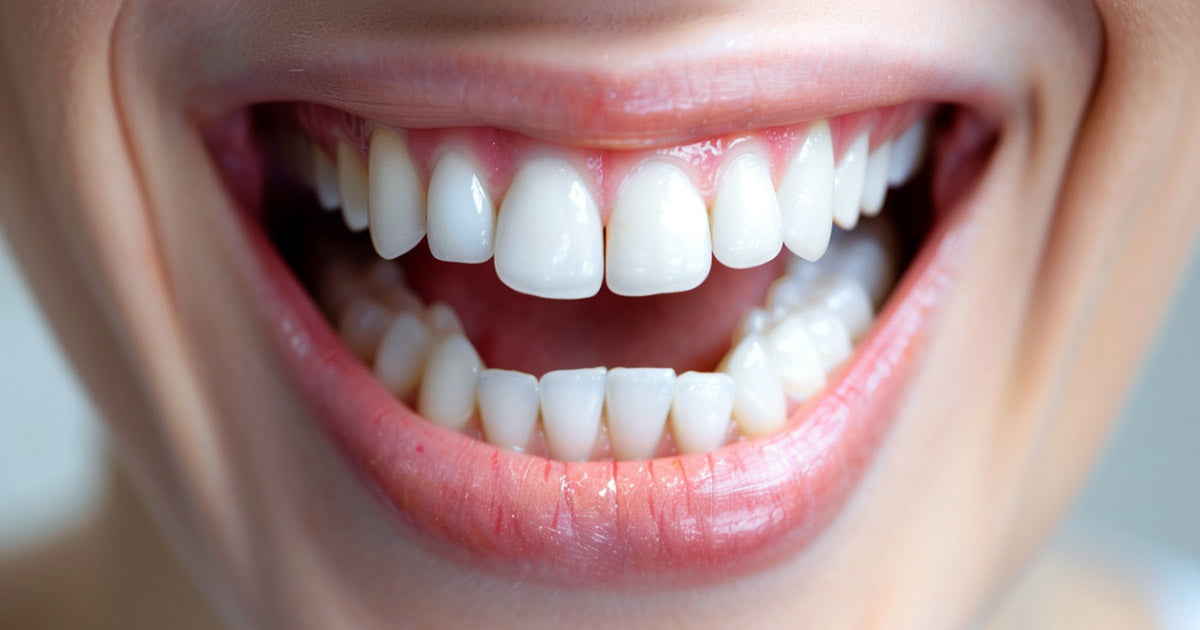
Share:
Are Bamboo Toothbrushes Good?
Top 10 Electric Toothbrushes: Expert Recommendations for 2024